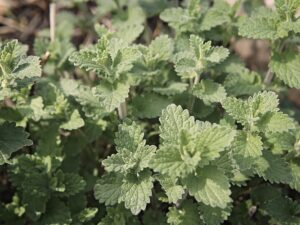50g (1.76oz)
Medicinal Name: Ulmus rubra
Common names: ed elm, gray elm, soft elm, moose elm, and Indian elm
Properties: demulcent, emolient, nutritive, laxative
Treatment: stomach acid problems, digestive issues, coughs, bronchitis, pleurisy, tuberculosis, urinary issues, chronic cystitis, crohn’s disease, irritable bowel, reflux, ulcerative colitis
Slippery Elm is a gentle and effective remedy for irritated states of the mucous membranes of the chest, urinary tubules, stomach, and intestines. It was used in many different ways by Native Americans—as a poultice for wounds, boils, ulcers, and inflamed eyes, and internally for fevers, colds, and bowel complaints. Slippery elm has a strongly mucilaginous “slippery” taste and texture.
Its action as an herb with large quantities of mucilage is well understood. When the herb comes into direct contact with inflamed surfaces such as the skin or the intestinal membranes, it soothes and coats the irritated tissue, protects it from injury, and draws out toxins or irritants.
It is a useful remedy for urinary problems such as chronic cystitis. Slippery elm has been used to treat all manner of chest conditions and has a soothing effect on everything from coughs and bronchitis to pleurisy and tuberculosis.
Applied externally, the herb softens and protects the skin. It also works very well as a “drawing” poultice for boils and splinters.
Preparation:
Infusion: Mix 1 heaped tsp with 3 cups (750 ml) of warm water. Infuse for 5 minutes. For diarrhea, drink a whole dose 1–2 times a day.
Paste: Mix 1 tbsp of slippery elm powder with 1 glass of cold water and drink. For acid indigestion, take 1 tsp with water 2–3 times daily.
Poultice: make a paste with 1 tsp slippery elm powder and calendula add it to affected areas
Tablets: take for diarrhea
Caution: Slippery elm is safe even for small children. Though, get advice from a Naturopathic Doctor before taking slippery elm, if you are pregnant.





Reviews
There are no reviews yet.